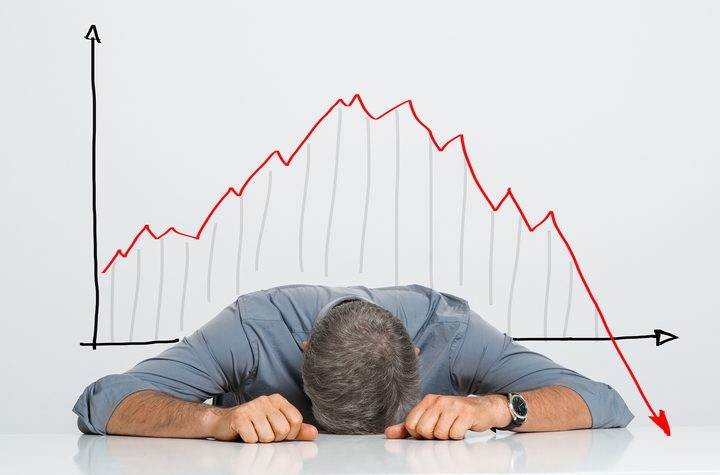When discussing national debt in the world, we oftentimes focus on countries with the highest. Japan, for example, has the highest national debt in the world with 235.96 percent of its GDP.
There are several other nations with significant issues in their debt ratio. These countries include the United States and Canada, although the debt management seems to be under control for the time being. Many Americans and Canadians use payday loans to leverage their debt, which help them manage their finances in a more flexible way.
However, what’s not highlighted in these sort of reports are the countries faring the best with their debt creation. Here’s a quick list of the countries with the lowest debt.
1. Brunei (GDP: 2.46%)
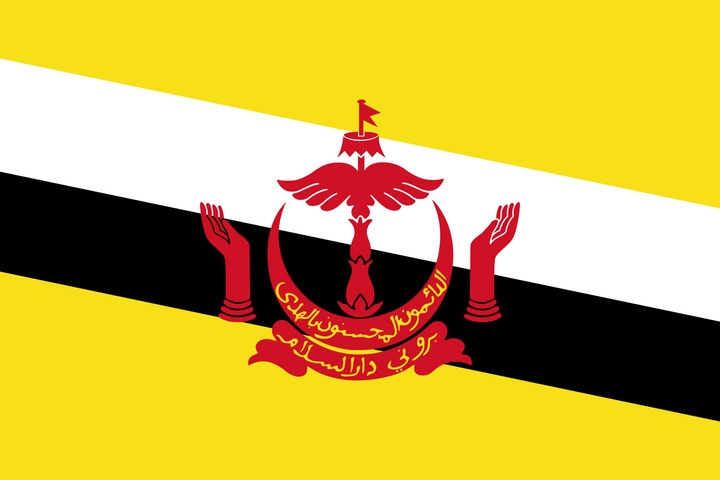
Brunei is one of the countries with the lowest debt. It has a debt to GDP ratio of 2.46 percent among a population of 439,000 people, which makes it the world’s country with the lowest debt. Brunei is a very small country located in southeast Asia. Despite this, Brunei has been ranked as one of the richest nations based off its petroleum and natural gas development. Having gained independence from UK rule in 1984, economic growth has been rapid since the 1990s.
2. Afghanistan (GDP: 6.32%)

Afghanistan boasts a debt to GDP ratio of 6.32 percent from a population of 37 million people. The country imports over $6 billion in goods, exports $658 million annually, and has less than $1.5 billion total in debt. Afghanistan also has more than $1 trillion in mineral deposits however is still one of the least developed countries in the world. Agricultural production remains the guiding force behind the nation’s economic development.
3. Estonia (GDP: 8.12%)

Estonia is one of the countries with the lowest debt. It records a debt to GDP ratio of 8.12 percent with a population of 1.3 million people. Estonia’s balanced budget and near non-existent public debt has made it the country with the lowest debt in the EU. They continue to maintain a flat-rate income tax, free trade, a strong culture of innovation, and a competitive commercial banking sector. Estonia’s been blessed with continued rapid economic growth.
4. Botswana (GDP: 12.84%)
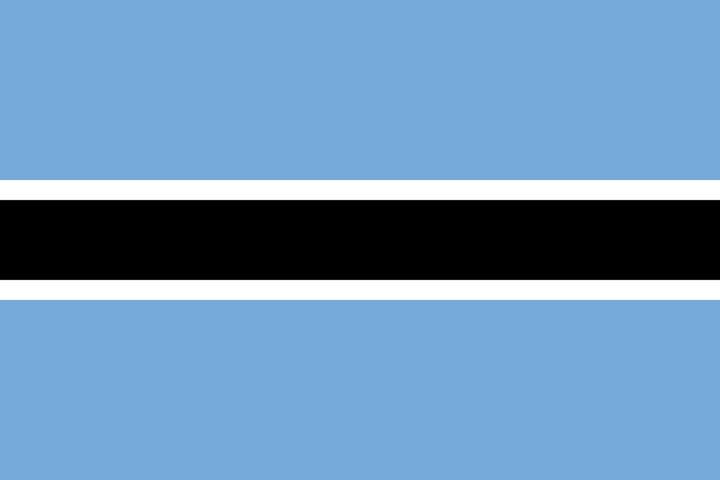
Botswana has a debt to GDP ratio of 12.84 percent with a population of 2.3 million people. Landlocked in southern Africa, in 2009, Botswana accepted $7 million from the United States government helping them to reduce their debt while committing to increased conservation efforts. Since then, Botswana has produced stable fiscal policies despite overexploitation of resources having a major effect on the country.
5. Congo (GDP: 13.31%)
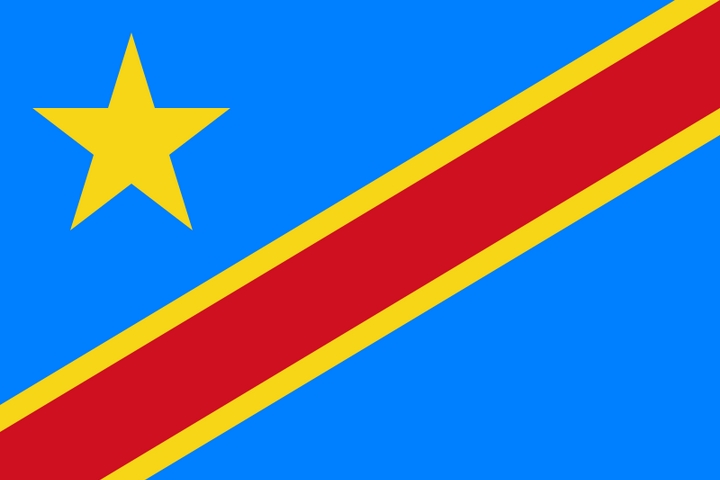
The Democratic Republic of Congo maintains a debt to GDP ratio of 13.31 percent from a population of 86 million people. It is the largest country in sub-Saharan Africa and is regularly fraught with socio-political conflict. Since 2015, it’s been the site of an ongoing military conflict. The Congo’s rich in natural resources however does not have the political stability, infrastructure, or knowledge to adequately cultivate and use these for economic growth – as of yet.
6. Solomon Islands (GDP: 16.41%)
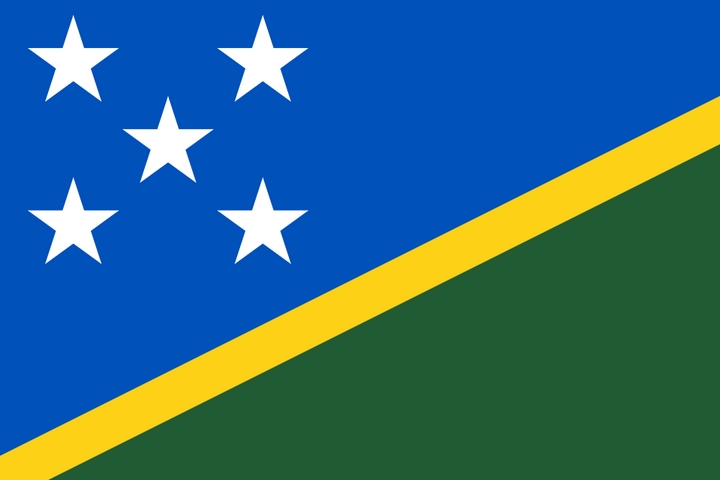
The Solomon Islands boasts a debt to GDP ratio of 16.41 percent among a population of 635,000 people. Consisting of six major islands and 900 smaller islands, the Solomon Islands have come a long way since the government was found to be insolvent in 2002. Aid donors such as Australia, New Zealand, the EU, Japan, and China have helped the region re-establish its economy although it’s still a lesser developed nation.
7. United Arab Emirates (GDP: 19.35%)
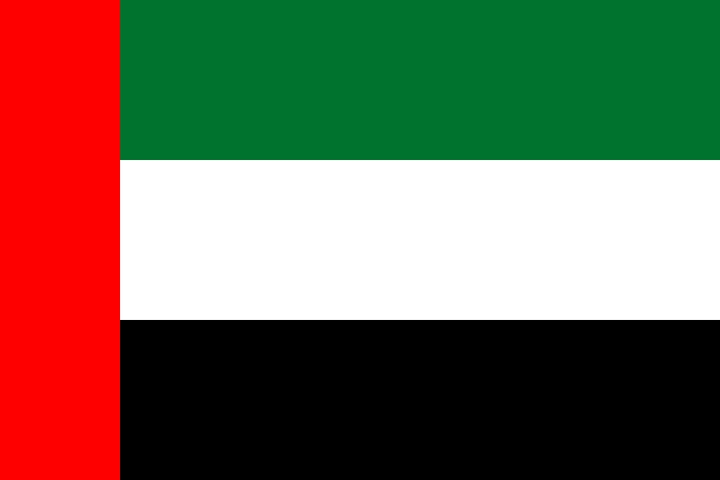
The United Arab Emirates have a debt to GDP ratio of 19.35 percent with a population of 9.7 million, making it one of the countries with the lowest debt. The UAE has grown less reliant on oil and gas, and more towards tourism and corporate business which has helped to elevate them from a Western perspective. As the economy’s strengthened in the last three decades, the UAE has benefited from more attention from organizations seeking a way into the Middle East.
8. Russia (GDP: 19.48%)

The Russian government has produced a debt to GDP ratio of 19.48 percent with a population over 144 million people. After the USSR fell, Russia struggled to pay back its debt resulting in an eventual financial crisis in 1998. By 2006 however, Russia had finally repaid most of its massive debts. Since then, the Russian economy has continued to gain strength including having come out from the global financial crisis in 2008 better than expected.
9. Micronesia (GDP: 20.55%)
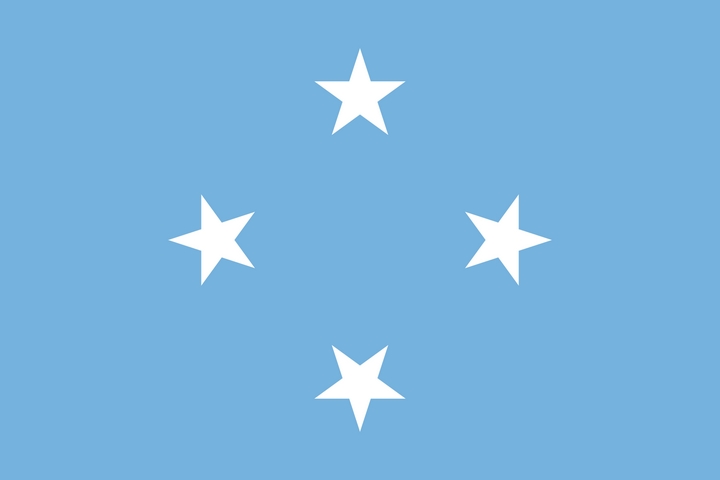
The little known country of Micronesia boasts a debt to GDP ratio of 20.55 percent with a population of 106,000 people. Micronesia is comprised of thousands of small islands, and can be found near Polynesia and Melanesia in a subregion of Oceania. A lot of the income from this country comes from the sale of fishing rights to foreign nations. The tourism industry also attracts people seeking to explore the coral reefs and visit sunken ships from WWII.
10. Uzbekistan (GDP: 20.65%)

Uzbekistan maintains a debt to GDP ratio of 20.65 percent with a population of 32 million. Uzbekistan’s economy is currently in transition to a market economy. Its foreign trade policy is based on import substitution. The country continues to be a major exporter of cotton. Uzbekistan also operates the world’s largest open-pit gold mine, is Central Asia’s largest electricity producer, and has a promising background in renewable energy that’s sure to keep it afloat in the decades ahead.

